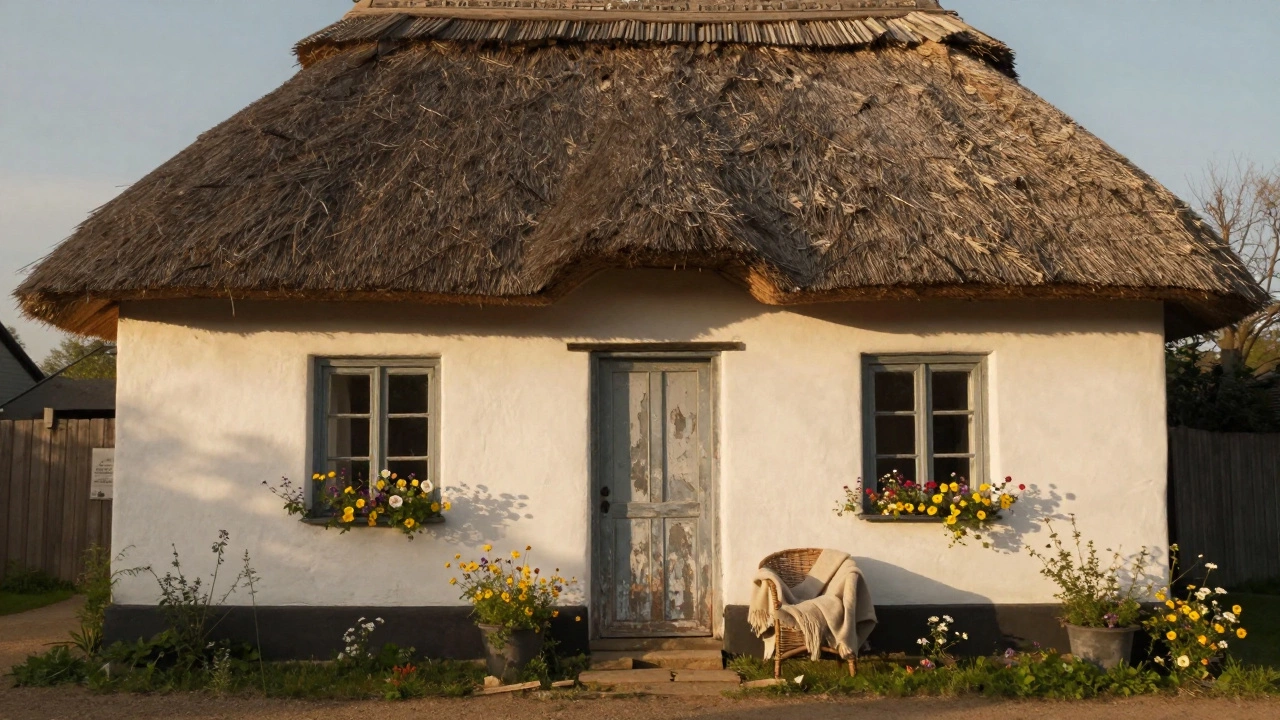Rustic Home Inspiration: Simple Tips for Cozy Country Living
Thinking about a rustic home? You’re not alone. More people want a warm, simple space that feels like a breath of fresh air. Below you’ll find straight‑forward ideas that you can use right away, whether you’re building from scratch or just sprucing up an existing cottage.
Building a Sustainable Rustic Home
First thing to check is the structure. Choose natural materials that last – timber, stone, and reclaimed wood work great. They keep the house looking authentic and they’re easier on the planet than concrete. If you can, source timber from local forests that practise responsible planting. It cuts transport emissions and supports the local economy.
Insulation matters a lot in a country setting. Look for sheep’s wool or hemp batts; they’re renewable and keep the house warm in winter without making the air dry. Pair that with double‑glazed windows and you’ll lower heating bills and stay comfy.
Energy‑saving features are a no‑brainer. A small solar panel on the roof can power lights and a water pump. Even a solar water heater can make a big difference. If you have space, a wood‑burning stove adds a cozy focal point and provides heat using a renewable fuel.
When planning the layout, think about size. A modest footprint reduces material use and makes it easier to maintain. A compact floor plan also fits well with the tiny‑house vibe that many rustic lovers enjoy. Keep rooms open and let natural light flow – it makes the space feel larger without extra square footage.
Decorating and Living in a Rustic Cottage
Inside, keep the décor simple. Exposed beams, stone walls, and a few pieces of reclaimed furniture create that lived‑in look without trying too hard. Choose fabrics that feel natural – linen curtains, wool throws, and cotton cushions work well.
Color palettes should echo the outdoors. Warm earth tones, soft greens, and muted blues blend nicely with the landscape. If you love a pop of colour, add it through pillows or a painted front door.
Storage is often a challenge in smaller homes. Use built‑in shelves, crate‑style cupboards, and under‑bed drawers. They keep clutter out of sight and keep the aesthetic clean.
Outdoor space matters just as much as the interior. A small garden with herbs, a few fruit trees, or a vegetable patch can turn a rustic house into a self‑sufficient haven. Even a simple wooden deck or a stone patio gives you a spot to enjoy the fresh air.
Finally, think about maintenance. Natural materials need regular care – a quick brush of the roof, sealing stone walls every few years, and checking timber for rot keep the house in shape. A little upkeep now saves bigger repairs later.
Whether you’re dreaming of a glamping retreat, an eco‑friendly cottage, or a modern country home in 2025, the ideas above give you a solid start. Pick the tips that fit your budget and timeline, and you’ll be on your way to a cozy rustic home that feels just right.

